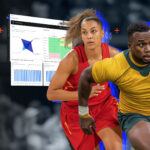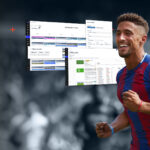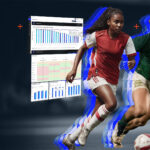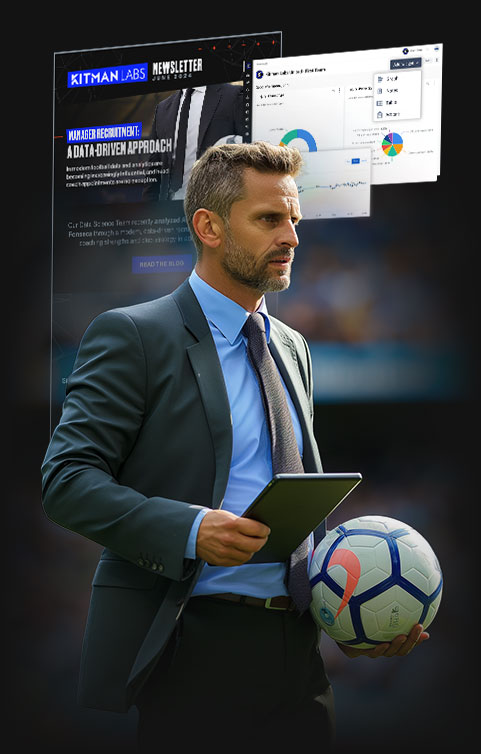In elite sports, the ability to make fast, informed decisions—backed by objective data—is essential. However, not all systems serve the same purpose. Two types of technology have become foundational to modern high-performance environments: Athlete Monitoring Systems and Athlete Management Systems. Though the terms are sometimes used interchangeably, these platforms offer distinctly different capabilities and deliver value in very different ways.
Understanding how they differ, and how they work together, is key to unlocking better outcomes across training, health, and collaboration.
Athlete Monitoring Systems: Designed for the day-to-day
Legacy Athlete Monitoring Systems are built to track and interpret real-time training and wellness data. They help teams understand how athletes are responding to physical demands, supporting daily decisions around training intensity, recovery, and workload management.
They typically focus on:
- GPS and wearable data (e.g., speed, distance, accelerations)
- Heart rate, HRV, RPE, and other readiness indicators
- Subjective wellness inputs (sleep, soreness, fatigue, mood)
- Dashboards that surface current condition or state and daily load
The goal: optimize short-term planning to reduce injury risk and support availability.
But while these systems are effective at capturing performance data, they were never designed to unify that information across departments, deliver long-term insight, or support collaboration beyond the performance team. Most operate in isolation—hardware-dependent, limited in scope, and lacking the context needed for broader decision-making.
That’s why teams need more than just a monitoring tool—they need a system built to connect data, deliver context, and drive decisions at every level.
The Next Evolution of Athlete Monitoring
The Performance Optimization Solution in Kitman Labs Intelligence Platform delivers everything you expect from a best-in-class Athlete Monitoring System—real-time visibility into training loads, recovery, and readiness—and adds the advanced infrastructure needed to turn data into a competitive advantage.
While many legacy athlete monitoring systems simply track inputs, the Performance Optimization Solution in iP: Intelligence Platform goes further:
- Centralizes all performance and wellness data in one dashboard—from GPS and wearables to force plates, wellness surveys, and beyond
- Transforms unstructured data into structured formats automatically, enabling quick analysis without manual cleanup
- Connects seamlessly with third-party tools and testing vendors, reducing data fragmentation across technologies
- Visualizes everything from fatigue trends to performance outputs and red flags—all in configurable dashboards tailored to your workflow
- Automates alerts, reporting, and training adjustments, reducing manual effort and improving decision speed
- Supports role-based views so each department accesses the insights most relevant to them
- Streamlines workload planning and proactive session design, ensuring every training decision is grounded in data
- Enables real-time communication and scheduling via mobile apps, keeping athletes and staff aligned on daily plans, updates, and status—anytime, anywhere
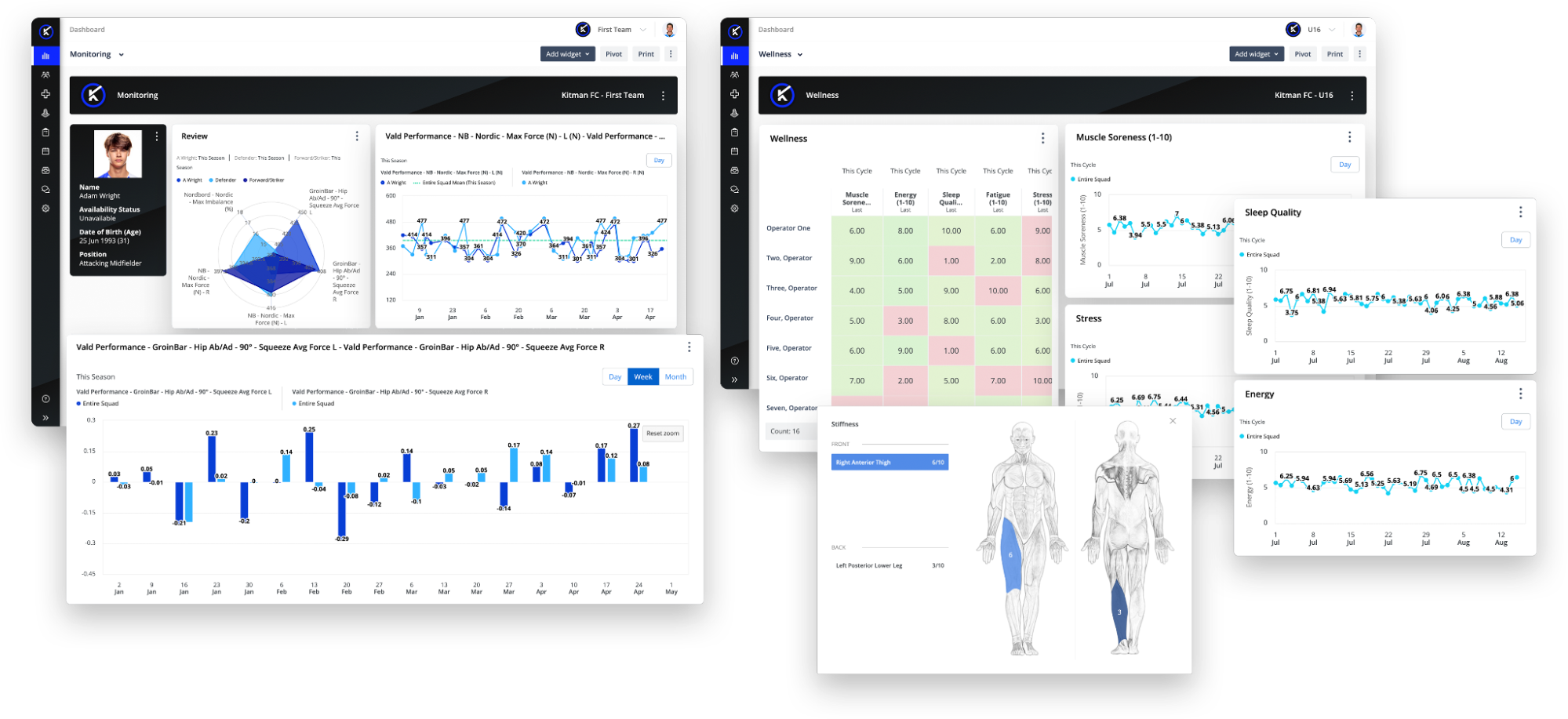
Whether you’re managing a match-week microcycle or planning long-term load progression, the Performance Optimization Solution in iP provides the structure, speed, and clarity to adapt in real time—and to plan with confidence.
It’s more than a monitoring tool—it’s the daily operating solution for teams that want direction, not just data.
However, tracking daily readiness is only part of the equation—teams also need a way to connect that data to the broader context of an athlete’s health, development, and availability.
Athlete Management Systems: The traditional platform
Athlete Management Systems take a broader view than monitoring tools, serving as centralized platforms to document, organize, and manage athlete data across departments. These systems are often used to integrate disparate functions, such as performance tracking, medical record-keeping, and scheduling, into a single environment.
Core capabilities often include:
- Integrated injury records, screenings, and treatment notes
- Rehabilitation workflows and return to play tracking
- Development milestones, assessments, and testing results
- Scheduling and participation data across training, games, and rehab
- Secure, role-based access for medical, coaching, and performance staff
The result is a more connected and compliant athlete record; however, many traditional AMS platforms were built primarily as a lite version of electronic medical record systems with bolt-on features, rather than as dynamic environments for proactive decision-making.
That’s why modern organizations are seeking something more—something designed to go beyond documentation and truly connect people, data, and decisions.
More than an EMR. Beyond an athlete management system.
iP: Intelligence Platform is the operating system for modern sport—configurable, connected, and built to unify performance, health, and operations across every level of the organization.
Where legacy AMS platforms stop at record-keeping, iP moves organizations forward. It eliminates the need for multiple logins, disjointed tools, and workarounds—centralizing all medical, performance, coaching, and operational data in one system to drive faster decisions, stronger collaboration, and measurable outcomes.
At the foundation is iP Core—the data infrastructure that structures, standardizes, and connects information across every Solution. It ensures data integrity, extensibility, and a unified platform for analytics, compliance, and communication.
With iP Core in place, organizations can enable the four essential Solutions that drive high performance and operational efficiency:
- Performance Medicine – Centralize injury history, treatments, and screenings while supporting seamless collaboration across medical, coaching, and performance teams
- Performance Optimization – Monitor training loads, recovery metrics, and readiness data in real time to inform daily planning
- Coaching & Development – Align individual development plans with team strategy, assessments, and progression tracking
- League Operations – Digitize scheduling, compliance, and oversight at scale across entire leagues or federations
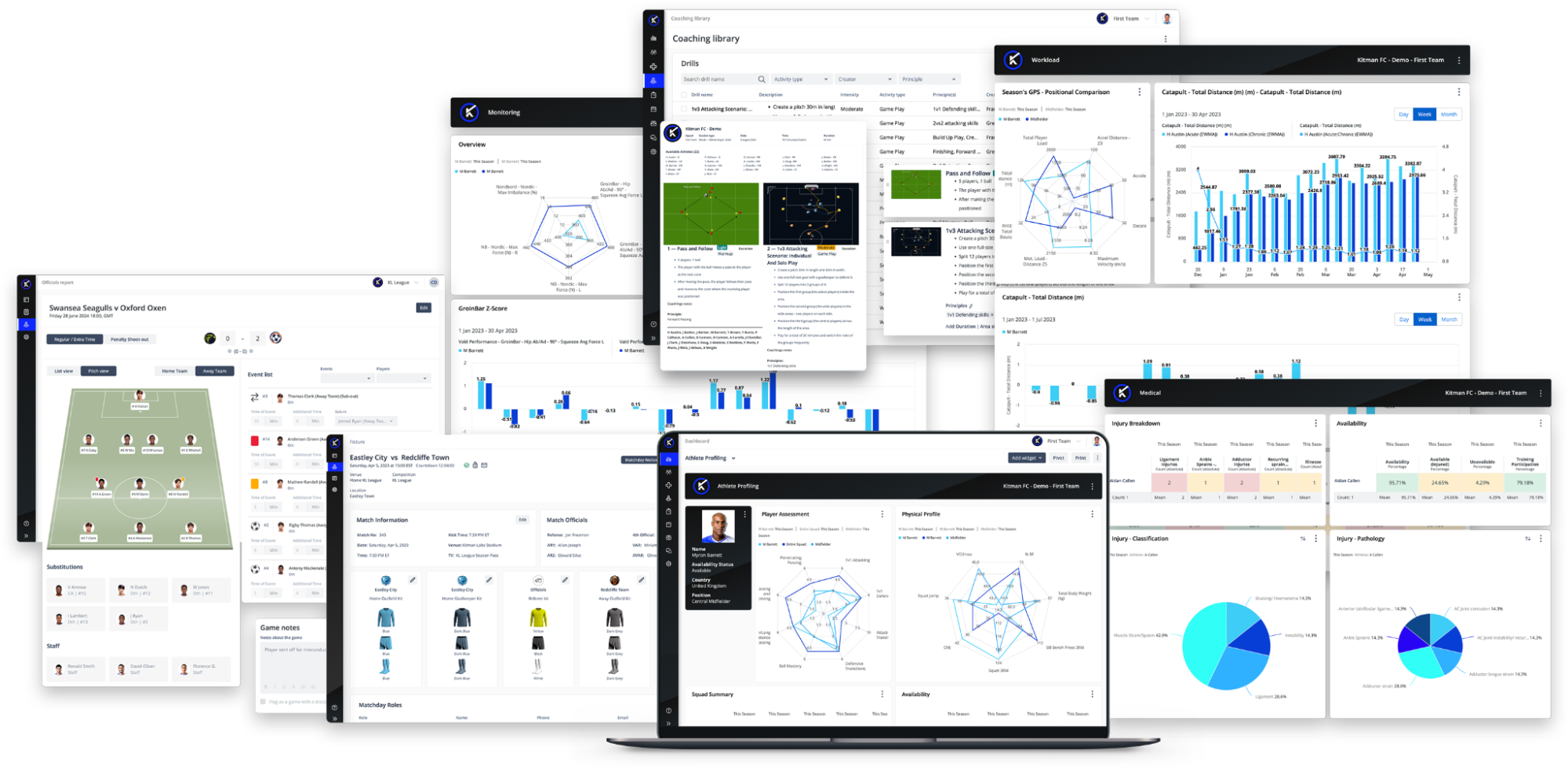
iP brings everything together—athlete status, team calendars and messaging, training data, rehab milestones, development plans—into one connected platform. Build configurable dashboards, surface daily readiness, and capture input from staff or athletes via mobile. Availability status updates are provided in real-time as athlete information changes, ensuring all stakeholders stay aligned without switching systems or sacrificing context.
One system. One login. A unified view of every athlete across all departments.
Athlete Monitoring vs. Athlete Management: Know the Difference
Understanding the distinction between an Athlete Monitoring System and an Athlete Management System isn’t just a technical detail—it’s a strategic decision that impacts performance, communication, and long-term success.
| Athlete Monitoring Systems | Athlete Management Systems |
|
| Primary Focus | Real-time tracking of performance and readiness to inform daily planning | Centralized oversight of athlete health, development, and availability across departments |
| Communication & Workflow Tools | Generally lack built-in communication features, focusing on data capture and dashboards rather than team interaction or planning. | Often include messaging, calendars, mobile apps, and workflow tools to support coordination among athletes, coaches, and staff. |
| Data Types | A combination of external and internal load monitoring metrics, such as GPS data, heart rate, RPE, wellness inputs, and fitness testing. | Monitoring data combined with medical records, rehab status, assessments, and scheduling information |
| Injury Risk Contextualization | Track current exposure but lack injury history or rehab status to understand the complete risk picture. | Contain both medical and performance data, but are often stored in silos, limiting the ability to link exposure, injuries, and recovery timelines without custom work. |
| Typical Limitations | Siloed by design—often tied to specific devices or vendors, with limited adaptability | Built for documentation and compliance, not for dynamic collaboration or insight-sharing across roles |
| Primary Users | Sports Scientists, S&C Coaches, Performance Analysts | Multidisciplinary staff, including Medical, Coaching, Performance, Administrative, and Management roles |
| Integration Scope | Narrow; primarily connected to proprietary hardware and limited external systems. | Broader by design, but integration quality and data structure vary across vendors, often requiring manual processes to unify insights and limiting the ability to collect and interpret more disparate or higher volumes of data. |
| Decision Horizon | Tactical – focused on immediate, short-term training and recovery decisions | Strategic – intended to support broader care, planning, and organizational alignment |
Unified Intelligence: One Platform for Total Performance Insight
With iP: Intelligence Platform, teams no longer need to choose between multiple disconnected systems. Instead of toggling between monitoring tools and management software, they get a unified platform that delivers both real-time clarity and long-term context across performance, medical, coaching, and operations.
iP brings together the best of both system types, enabling faster, smarter decisions while eliminating data silos, duplicate entry, and manual reporting. It’s not just a better Athlete Monitoring System or a more connected Athlete Management System—it’s the single platform built for how elite sport actually works.
That unification of data, workflows, and decisions is what sets iP apart.
From Fragmented Tools to Unified Intelligence
Athlete Monitoring Systems help answer, “What do we do today?”
Athlete Management Systems help answer, “How do we manage the broader picture?”
In most elite environments, the need isn’t more tools—it’s one system that does more.
That’s why organizations are turning to iP: Intelligence Platform. It delivers the real-time clarity of an Athlete Monitoring System and the long-term insight of an Athlete Management System—all in one fully integrated platform.
Ready to unify your systems and unlock performance intelligence? Contact us to learn more.
